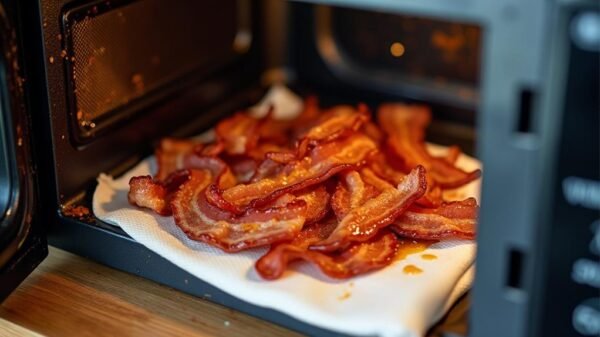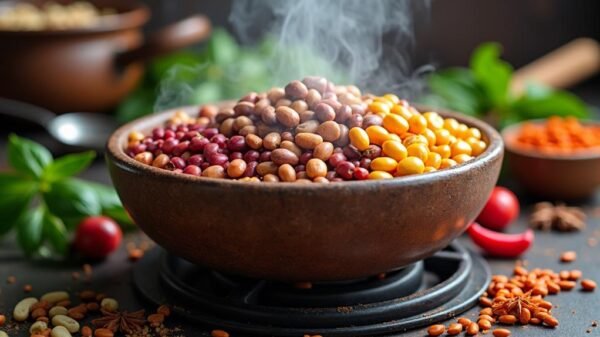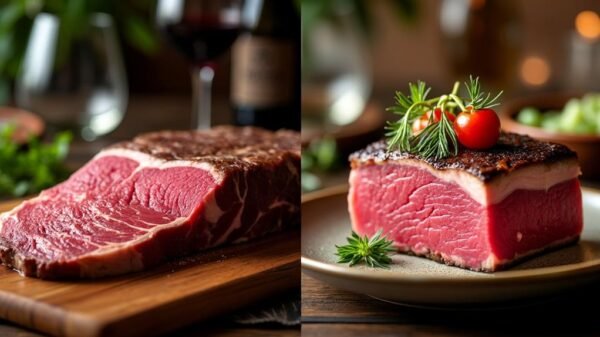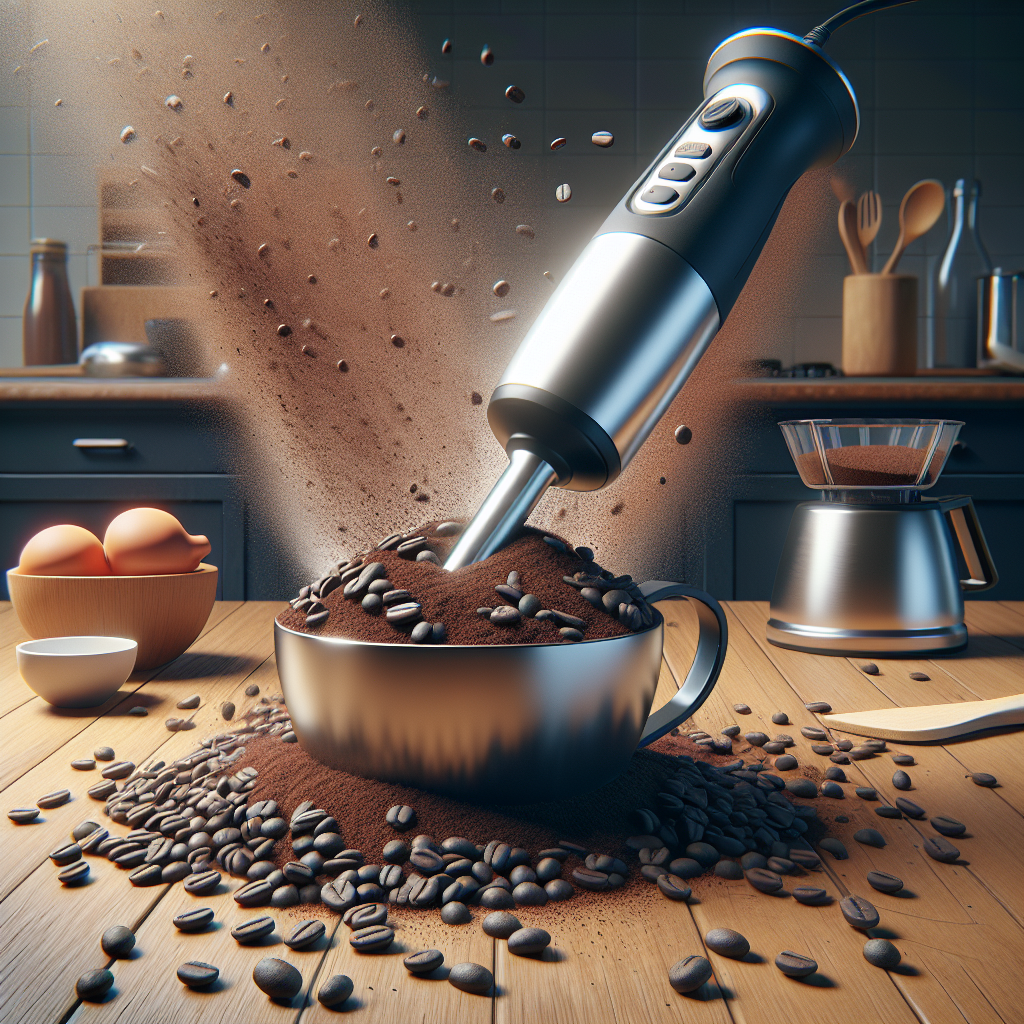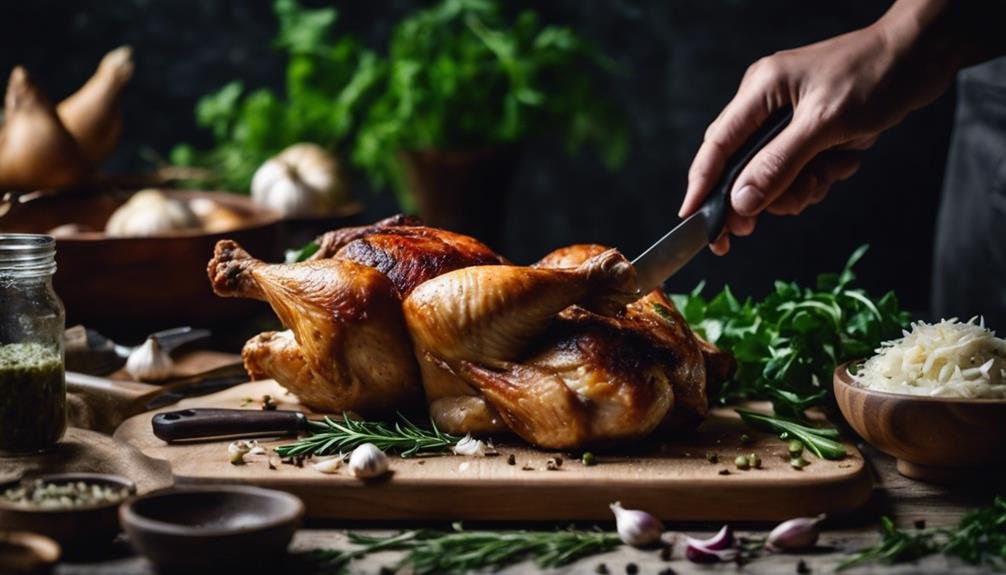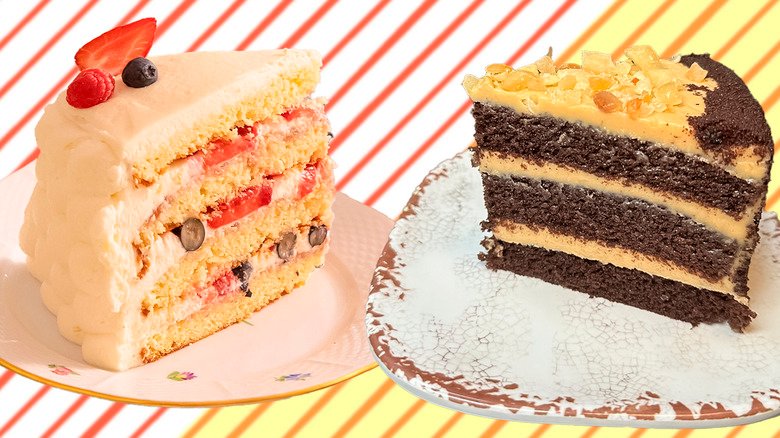The Problems with Using Blenders for Coffee Bean Grinding
Grinding coffee beans with a blender might seem convenient, but it brings numerous complications. This article delves into why you should reconsider this practice and explores better alternatives.
Issues with Blenders and Coffee Beans
Inconsistent Grind Size
Blenders aren’t designed for grinding coffee beans. The primary issue lies in the inconsistent grind size produced. Coffee aficionados know that uniform grind size is crucial for flavor extraction. An irregularly ground coffee results in a mix of under-extracted and over-extracted brew, negatively impacting the taste.
Wear and Tear of Blades
Blenders utilize blades intended for softer food items. Coffee beans are relatively hard, leading to accelerated wear and tear of the blades. Over time, this dulls the blades, making the blender less effective for its intended purposes.
Plastic Wrap Challenges
Securing coffee beans tightly in a blender usually requires wrapping with plastic wrap. This method is not only cumbersome but also environmentally wasteful. Continuous use adds to plastic pollution and inconveniences. Additionally, bits of the plastic wrap may mix with ground coffee, posing health risks.
Better Alternatives to Grinding Coffee Beans
Mortar and Pestle
A mortar and pestle offer a manual and effective way to grind coffee beans. This method allows for better control over grind size, making it suitable for various brewing methods such as espresso and pour-over. Although labor-intensive, the results can be worth the effort.
Burr Grinders
Investing in a burr grinder is arguably the best choice for any coffee enthusiast. Burr grinders provide consistent grind sizes, essential for extracting the finest coffee flavors. Brands like Baratza and Capresso offer reliable and effective burr grinders suitable for various budgets.
Manual Grinders
Manual grinders serve as a handy tool for achieving consistent coffee grounds. These grinders, though operated by hand, offer better control over the grind size and produce uniform particles, ideal for your preferred brewing method. Companies like Hario and Porlex manufacture high-quality manual grinders that stand the test of time.
Why Consistency Matters in Coffee Grinding
Uniform grind size influences the extraction rate during brewing. Consistency ensures that all coffee particles are exposed to water for an equal amount of time, resulting in a balanced brew. This balance brings out the nuanced flavors, giving you a superior cup of coffee.
Optimizing the Coffee Experience
Using the right tool for coffee grinding significantly improves your overall coffee experience. A well-ground coffee not only enhances the flavor but also preserves the essence of the beans. This ensures that your coffee retains the rich, intricate notes specific to the bean’s origin.
Conclusion
Blenders fall short in numerous aspects when it comes to grinding coffee beans. Their design, intended use, and functional limitations result in an inconsistent and often unsatisfactory coffee grind. Alternatives like mortar and pestle, burr grinders, and manual grinders provide superior results with better control over the grind size. Investing in the right tools ensures that your coffee retains its full flavor potential, making your daily cup a joy to savor.









